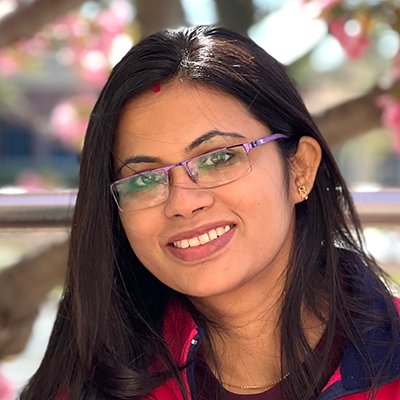In memoriam: Ulrich auf dem Keller
Ulrich auf dem Keller, a leader in wound healing research and mass spectrometry-based proteomics technology, died September 1, 2023 at the age of 49.
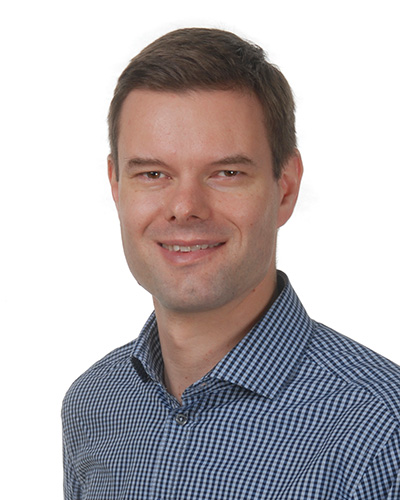
Born on April 5, 1974 and raised in Mülheim an der Ruhr, Germany, auf dem Keller received his undergraduate diploma in biochemistry in 2000. He then joined ETH, Zurich in the biology department under the mentorship of Pfizer Academic Award winner Sabine Werner where he identified Nrf2 as a key player in the cellular stress response and studied Nrf-mediated gene expression in keratinocytes in the prevention of skin tumors. He obtained his Ph.D. in 2005.
auf dem Keller moved to the Centre for Blood Research, Vancouver, Canada, in 2006 to join Christopher Overall’s lab where he quantified changes in the proteome and analyzed the nature of protein amino termini analysis (N-terminome) using iTRAQ-TAILS technology and showed that loss of a single protease could perturb the proteolytic signaling network and enhance inflammation.
In 2009, auf dem Keller started an independent lab in ETH, Zurich as a senior scientist and group leader. He exploited the capability of iTRAQ-TAILS to exploring the substrate degradome of matrix metalloproteinase and translated his research to address complex proteolytic activities in healing impairments. In 2017, he moved to the section of protein science and biotherapeutics at Technical University of Denmark Bioengineering in Lyngby as a professor. He continued there until his death, exploring the quantitative proteomics approach in complex biological matrices.
auf dem Keller had more than 150 publications with 6,587 citations to date. He received a Herbert Tabor Young Investigator Award in 2011 from the American Society for Biochemistry and Molecular Biology for his studies of proteolytic events in the skin.
Colleagues remember auf dem Keller as a stellar scientist and a fantastic mentor and friend. He was instrumental in the overall growth of his department and his students. He spoke Latin and ancient Greek, had an interest in classical music and was an outstanding viola player.
He is survived by his wife and two children.
Enjoy reading ASBMB Today?
Become a member to receive the print edition four times a year and the digital edition monthly.
Learn moreGet the latest from ASBMB Today
Enter your email address, and we’ll send you a weekly email with recent articles, interviews and more.
Latest in People
People highlights or most popular articles

Finding a symphony among complex molecules
MOSAIC scholar Stanna Dorn uses total synthesis to recreate rare bacterial natural products with potential therapeutic applications.
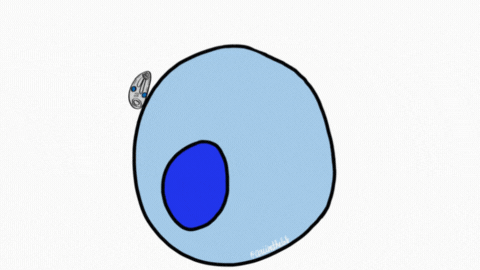
Sketching, scribbling and scicomm
Graduate student Ari Paiz describes how her love of science and art blend to make her an effective science communicator.
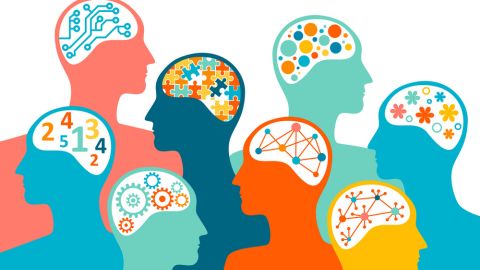
Embrace your neurodivergence and flourish in college
This guide offers practical advice on setting yourself up for success — learn how to leverage campus resources, work with professors and embrace your strengths.
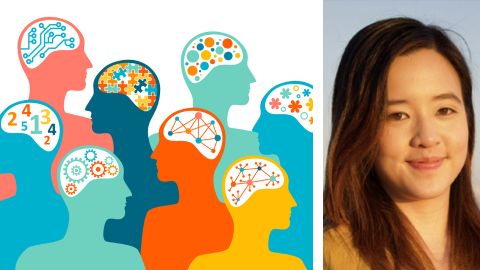
Survival tools for a neurodivergent brain in academia
Working in academia is hard, and being neurodivergent makes it harder. Here are a few tools that may help, from a Ph.D. student with ADHD.
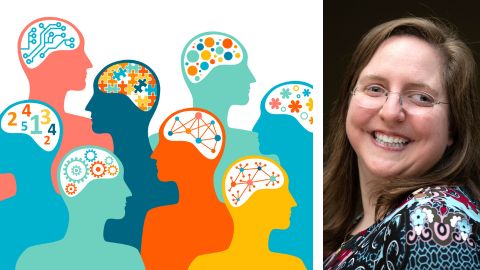
Quieting the static: Building inclusive STEM classrooms
Christin Monroe, an assistant professor of chemistry at Landmark College, offers practical tips to help educators make their classrooms more accessible to neurodivergent scientists.
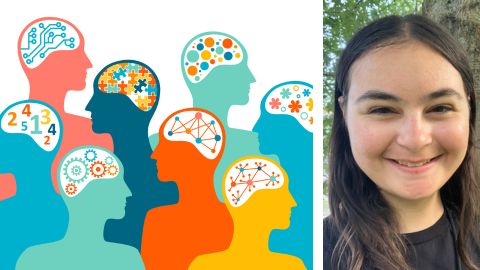
Hidden strengths of an autistic scientist
Navigating the world of scientific research as an autistic scientist comes with unique challenges —microaggressions, communication hurdles and the constant pressure to conform to social norms, postbaccalaureate student Taylor Stolberg writes.

